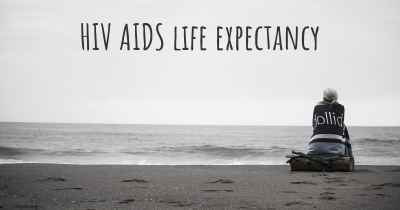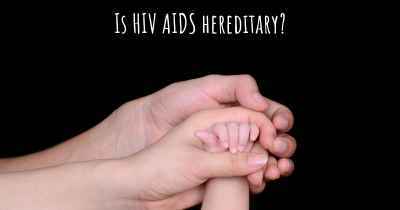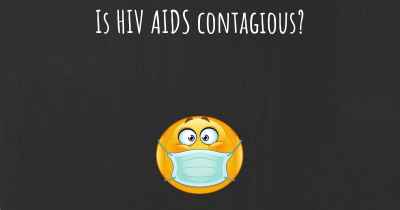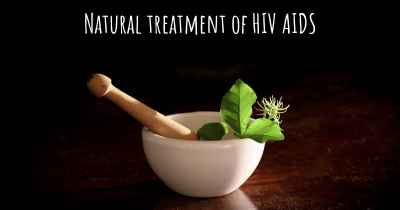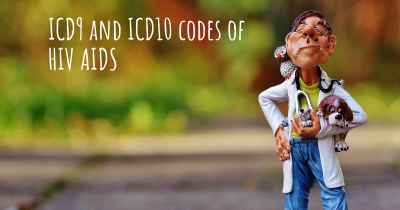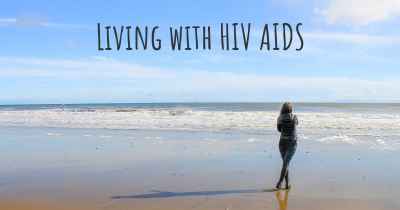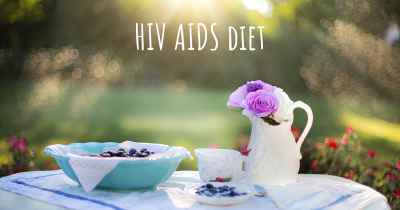Which are the causes of HIV AIDS?
See some of the causes of HIV AIDS according to people who have experience in HIV AIDS
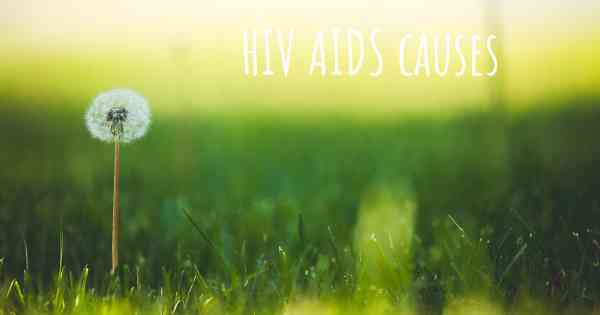
HIV/AIDS: Causes and Transmission
HIV (Human Immunodeficiency Virus) is a virus that attacks the immune system, weakening the body's ability to fight off infections and diseases. AIDS (Acquired Immunodeficiency Syndrome) is the advanced stage of HIV infection, characterized by severe damage to the immune system. HIV/AIDS is a global health crisis that has affected millions of people worldwide. Understanding the causes and modes of transmission is crucial in preventing the spread of this disease.
1. Sexual Transmission:
The primary mode of HIV transmission is through sexual contact. Unprotected vaginal, anal, or oral sex with an infected person can lead to the transmission of the virus. The risk is higher if there are open sores, cuts, or sexually transmitted infections (STIs) present, as they provide entry points for the virus. Engaging in high-risk sexual behaviors, such as having multiple partners or engaging in unprotected sex, increases the chances of HIV transmission.
2. Blood Transmission:
HIV can be transmitted through contact with infected blood. This can occur through sharing contaminated needles or syringes, as commonly seen among intravenous drug users. Additionally, receiving blood transfusions or organ transplants from infected individuals who are not properly screened for HIV can also lead to transmission. In healthcare settings, accidental needlestick injuries or improper sterilization of medical equipment can pose a risk of HIV transmission.
3. Mother-to-Child Transmission:
Pregnant women living with HIV can transmit the virus to their babies during pregnancy, childbirth, or breastfeeding. Without intervention, the risk of mother-to-child transmission can be as high as 30%. However, with proper medical care, including antiretroviral therapy (ART) during pregnancy and delivery, the risk can be significantly reduced. Additionally, avoiding breastfeeding and opting for formula feeding in areas where safe alternatives are available further minimizes the risk of transmission.
4. Occupational Exposure:
Healthcare workers, laboratory staff, and other individuals who come into contact with infected blood or bodily fluids are at risk of occupational exposure to HIV. Accidental needlestick injuries, contact with mucous membranes, or exposure to open wounds can potentially lead to transmission. Strict adherence to universal precautions, such as using protective barriers (gloves, masks, goggles), following proper sterilization procedures, and prompt post-exposure prophylaxis (PEP), significantly reduces the risk of infection.
5. Other Modes of Transmission:
While less common, HIV can also be transmitted through other means:
- Sharing of contaminated instruments: Sharing razors, toothbrushes, or other personal items that may have blood on them can lead to transmission.
- Vertical transmission: In rare cases, HIV can be transmitted through artificial insemination, assisted reproductive technology, or exposure to infected tissues or organs.
- Unsterilized tattoo or piercing equipment: If the equipment used is not properly sterilized, it can transmit the virus if contaminated with infected blood.
- Unregulated traditional practices: Certain cultural practices involving scarification, circumcision, or traditional healing rituals may involve the use of unsterilized instruments, increasing the risk of transmission.
Prevention and Education:
Preventing HIV/AIDS requires a comprehensive approach that includes education, awareness, and access to prevention methods. Promoting safe sex practices, such as consistent and correct condom use, regular testing, and reducing the number of sexual partners, is crucial in preventing sexual transmission. Harm reduction programs for intravenous drug users, including access to clean needles and drug rehabilitation services, help reduce the risk of blood transmission. Ensuring proper screening of blood products, implementing universal precautions in healthcare settings, and providing comprehensive prenatal care for pregnant women are essential in preventing transmission through blood and mother-to-child routes.
Conclusion:
HIV/AIDS is a complex disease with multiple modes of transmission. Understanding these causes is vital in preventing new infections and reducing the impact of the epidemic. By promoting education, awareness, and access to prevention methods, we can work towards a future free from the burden of HIV/AIDS.
Posted May 29, 2017 by Larry 1620
Posted May 30, 2017 by Kevin 2000
Hpv virus
Posted Feb 18, 2018 by Calvin 1800
Posted Sep 14, 2017 by Alberto 2500
